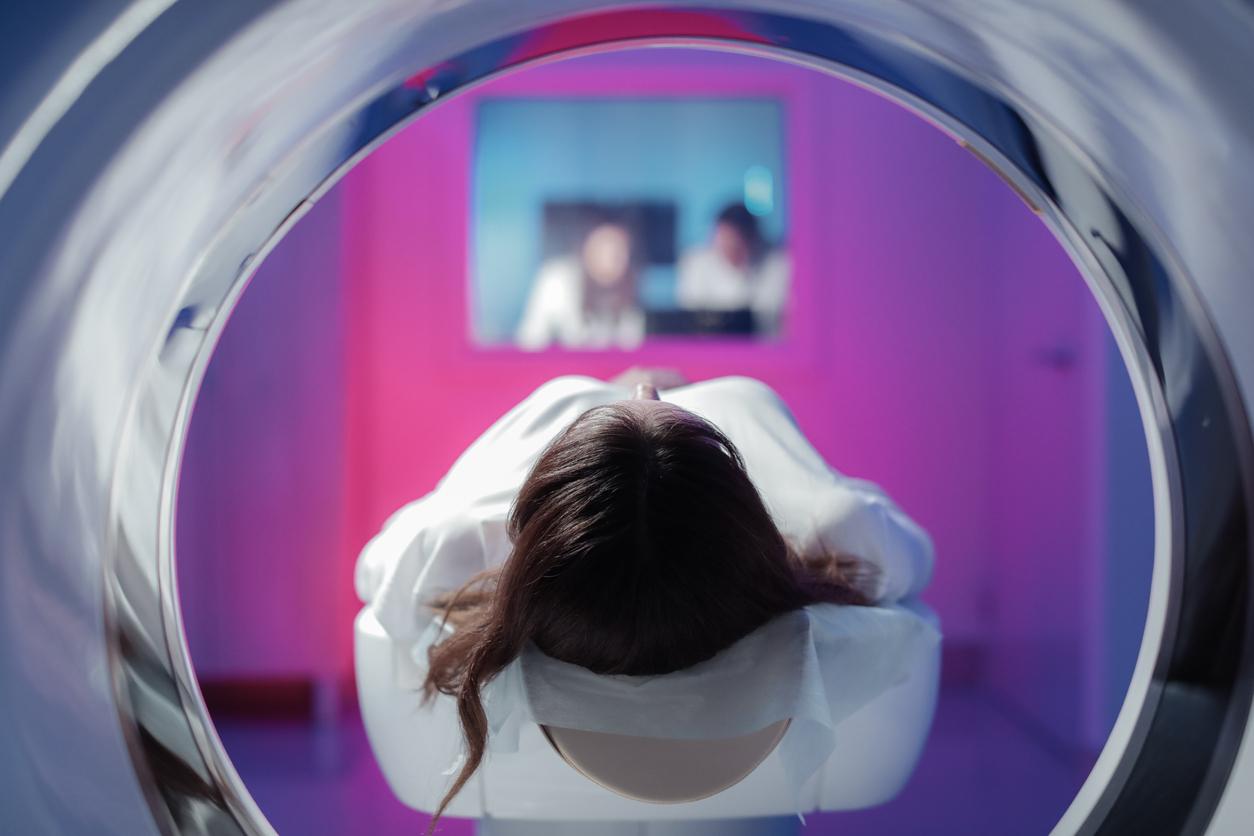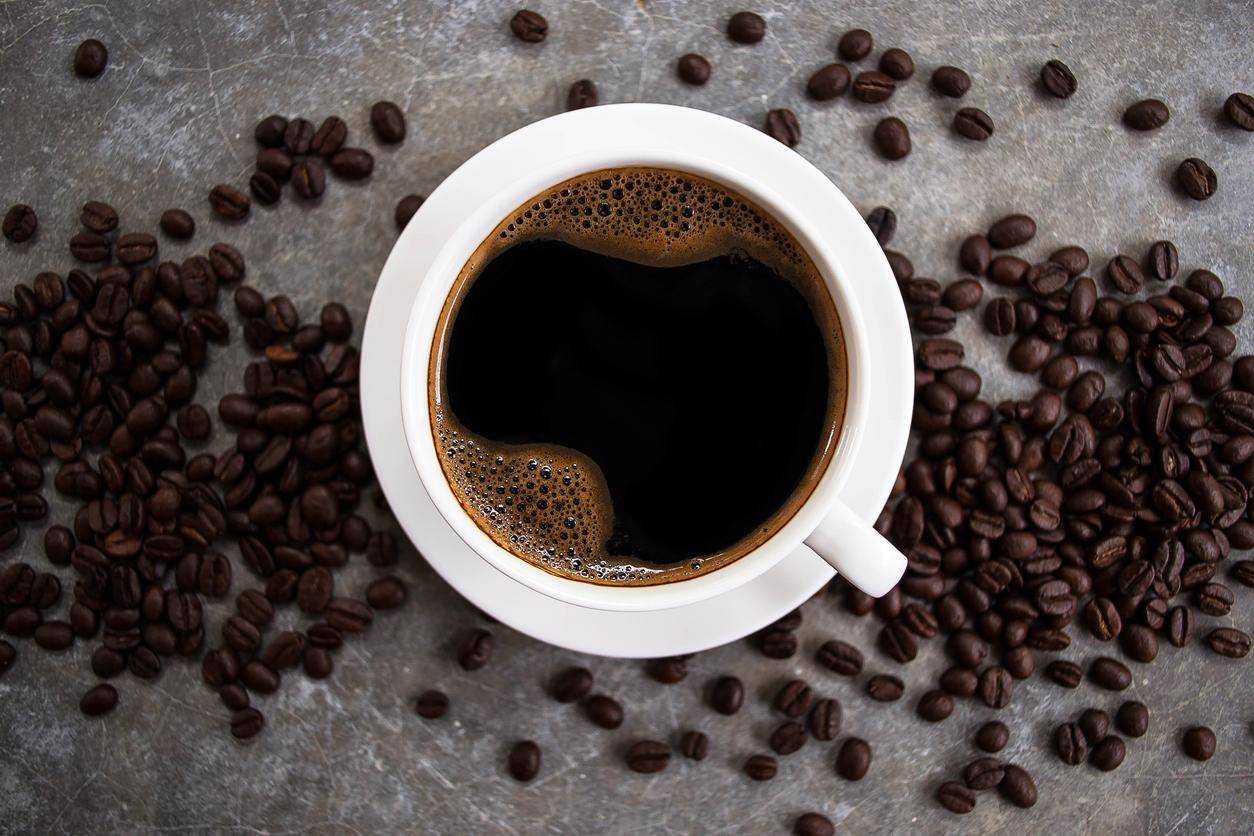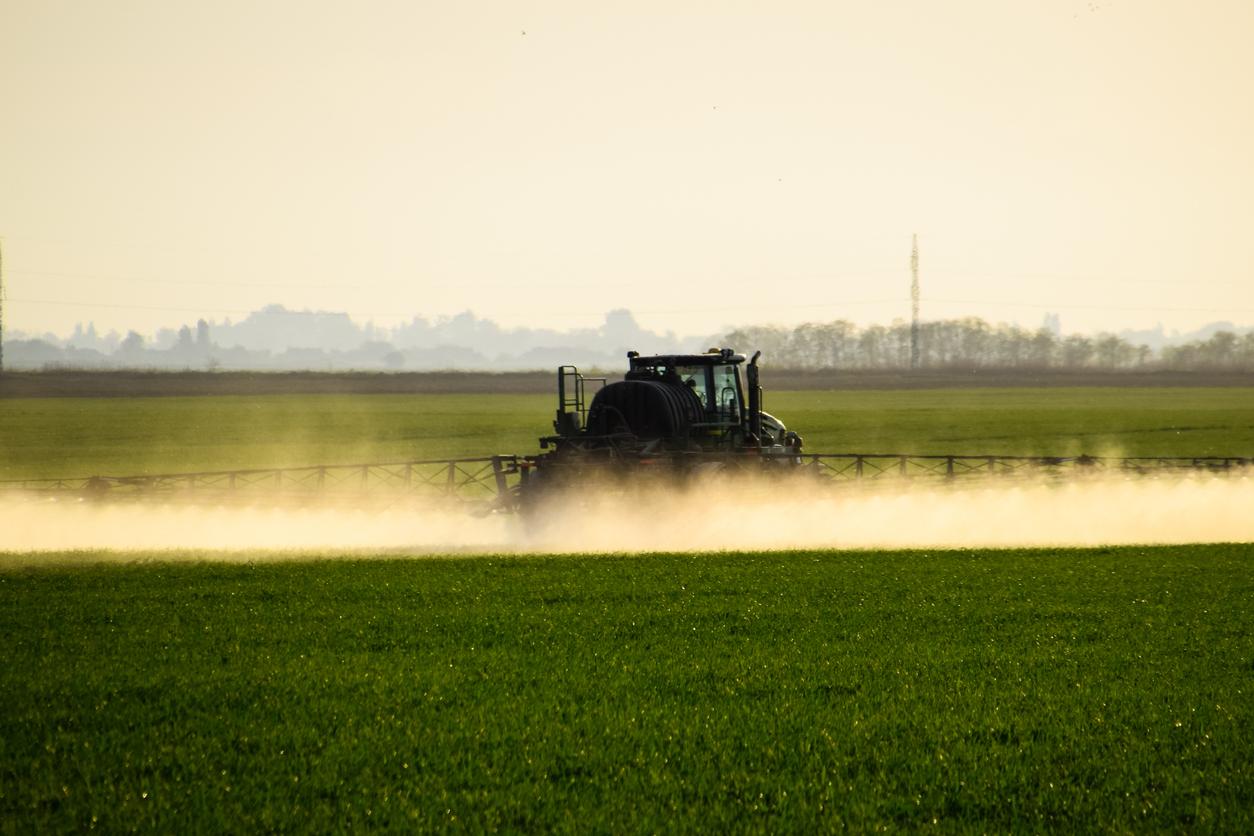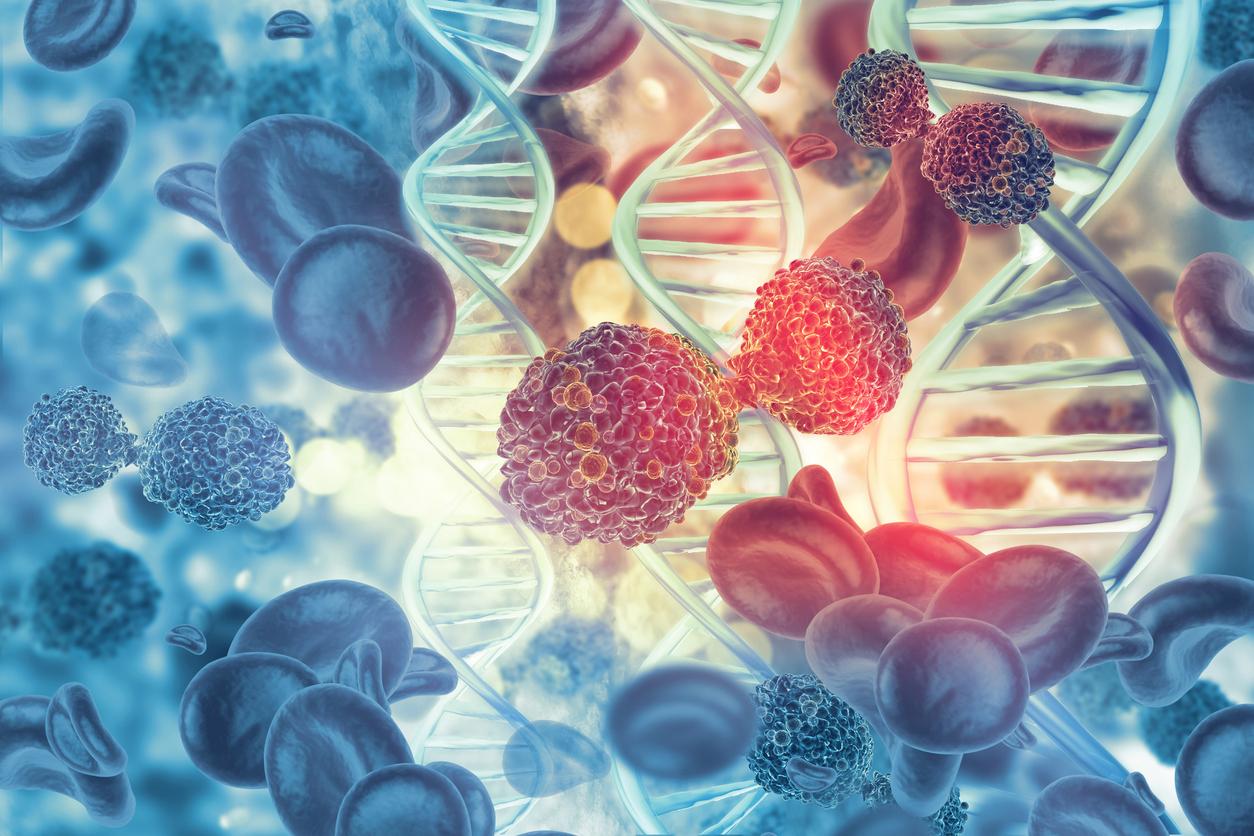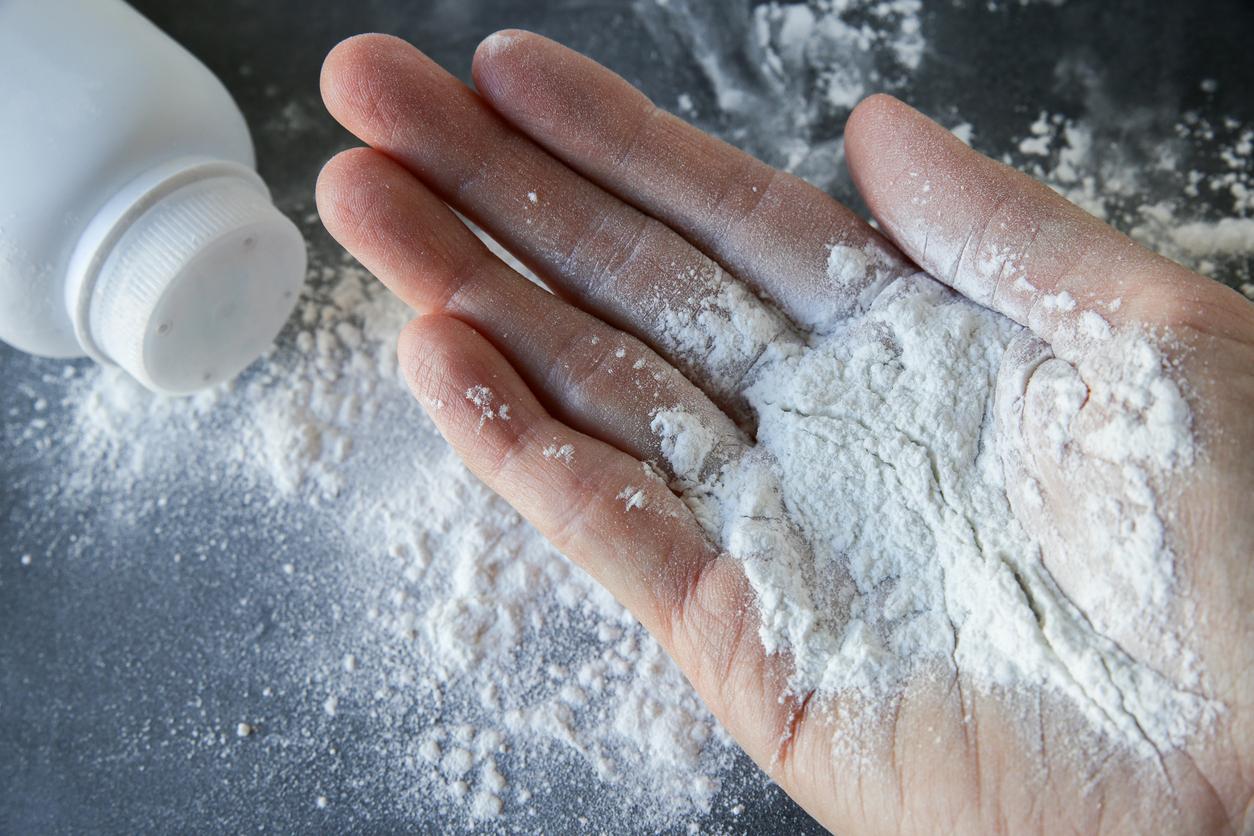The European Union has decided, glyphosate is maintained for another 5 years. Even if a long American study on the medical follow-up of farmers and spreaders shows a doubling of the risk of acute leukemia.
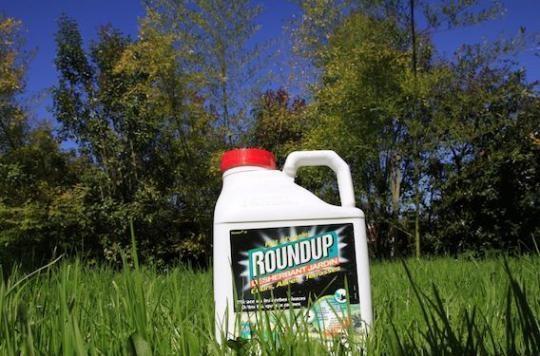
Even though France voted against, the European Union has decided to maintain the authorization of glyphosate, the most widely used herbicide in the world, for another 5 years.
A new 20-year analysis of a study of more than 50,000 American farmers and spreaders using glyphosate was conveniently released just before. Seemingly reassuring, it exempts glyphosate from the risk of increased cancer or non-Hodgkin’s lymphoma, unlike previous studies.
However, what has not been noted much by independent observers is that it aims to double the risk of acute leukemia among farmers and spreaders who have been most exposed to glyphosate.
A risk of acute leukemia
The “Agricultural Health Study” was started in the 90s. While at 10 years old, she showed no increased risk of cancer or lymphoma, at 20 years old, on the other hand, it showed an increased risk of acute myeloid leukemia.
For farmers and spreaders who have been handling this product for more than 20 years, this risk would even more than double and largely statistically significant.
These results of a high-quality epidemiological study are published in a reference journal, the Journal of the National Cancer Institute (JNCI).
A controlled study over more than 20 years
The Agricultural Health Study, a prospective epidemiological study that consists of following a cohort of 57,310 farmers and spreaders handling pesticides and herbicides, and 32,347 spouses, in 2 American states: in Iowa and North Carolina.
It was launched in the USA in the early 1990s, in large part to explore the possible causes of the higher incidence of cancers (solid tumors and non-Hodgkin’s lymphomas) in this population when compared to the population. general population.
It should be understood that an epidemiological study carried out in a population of people exposed to influences other than glyphosate is extremely difficult and that the result can be disturbed by many environmental factors (bias).
Very good methodological quality
To avoid all possible biases, researchers from the Agricultural Health Study have multiplied the methods of controlling their data.
Detailed health questionnaires were regularly carried out. The frequency of cancers was verified by the cancer registers in these 2 states and the mortality by the mortality registers.
The use of each herbicide or pesticide was evaluated in number of days of handling per year and in number of years of use to arrive at an intensity score. This score also takes into account whether the pesticide is diluted or not. The duration of exposure is thus weighted by the intensity score.
Finally, all the results have been scientifically corrected to take into account the influence of age, drug intake (tobacco, alcohol), family history of cancer, place of residence and exposure to dd. other known carcinogens
Well-documented data
Among the 54,251 farmers and spreaders, 44,932 (82.8%) used glyphosate and 5,779 cases of new cancers (solid tumors and blood cancers) were observed there during this 20-year follow-up.
The weighted analyzes on the whole cohort do not find any statistical increase in the risk of cancer, whatever its location, when glyphosate is used. On the other hand, among people who were most exposed to glyphosate, there is an increased risk of acute myeloid leukemia (AML) compared to others (Relative Risk of 2.44 which means a doubling of the risk), although this association is not statistically significant (P = 0.11).
However, this doubling of the risk of acute myeloid leukemia increases with the duration of exposure and becomes statistically significant beyond 20 years in those who use the most glyphosate (P = 0.04).
A now ubiquitous product
Glyphosate is the world’s most widely used herbicide. It is found in nearly 40% of foods commonly consumed, admittedly at doses that are well below the maximum tolerated limits.
It is classified as a “probable carcinogen” by the International Agency for Research on Cancer, an organ of the World Health Organization (WHO), with a “genotoxic” mechanism (toxic to the genome) and significant associations with lymphoma non-Hodgkin’s in other epidemiological studies.
Although criticized for their proximity to the chemical industry, the European Food Safety Authority and the European Chemicals Agency had both concluded before this study that the available scientific knowledge was not sufficient for such a classification.
5 years is a lot of leukemia
A previous evaluation of the Agricultural Health Study, carried out over ten years of follow-up (follow-up to 2001), found no statistically significant association between the use of glyphosate and the risk of cancer of any kind. ‘it be.
This extended 20-year follow-up study now finds an increased risk of acute myeloid leukemia during prolonged exposure to glyphosate but does not find an increased risk of solid tumors and non-Hodgkin’s lymphoma.
Glyphosate divides within the European Union and the scientific community. This increased risk of acute leukemia may of course be the result of the influence of multiple genetic and environmental factors, but pesticides have long been known to be associated with a greater frequency of leukemia.
Even if this risk is objectified in this study after 20 years of follow-up and in people who are exposed to the highest doses, 5 years of prolongation is a long time. Beyond the human cost, who will pay the economic bill for the care of these patients and especially their lost years of life?
.







